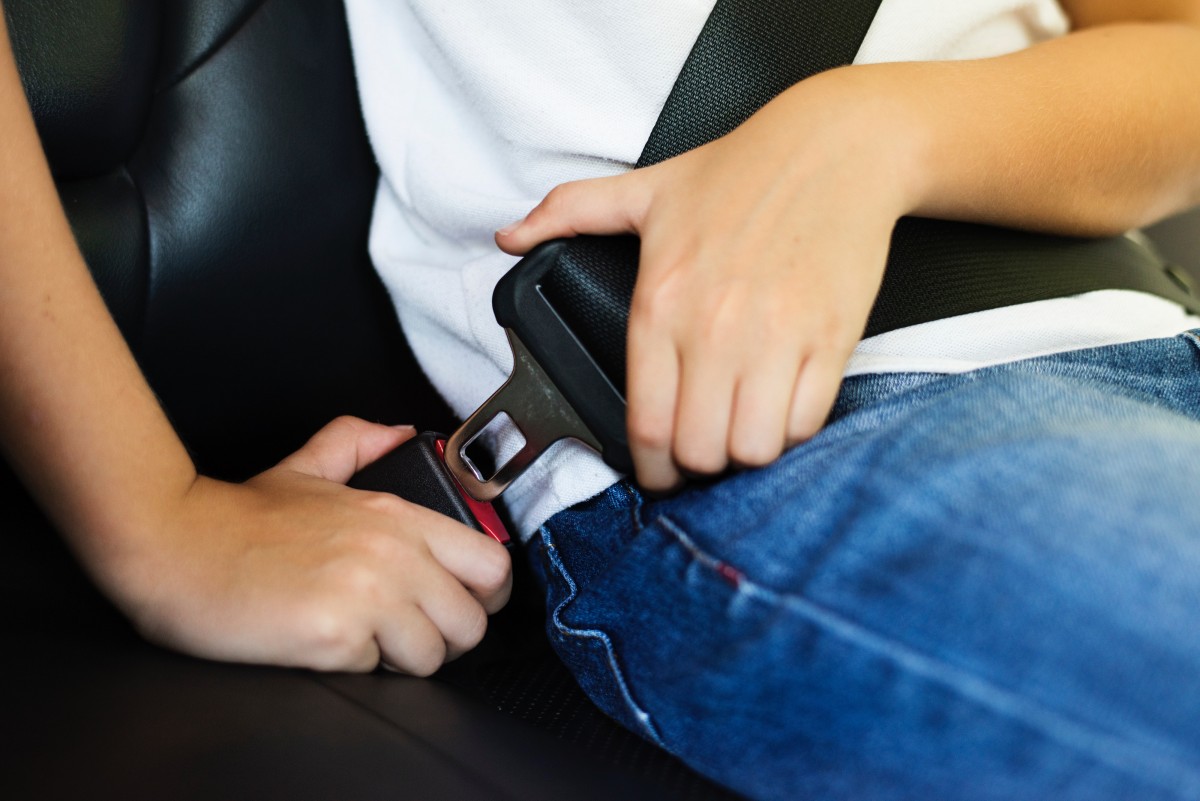


Safety belts: You have to fasten safety belts. It is state law. According the Texas Driver handbook:
The driver and all passengers, regardless of age, in a passenger vehicle are required to use safety belts if occupying a seat in a vehicle equipped with a safety belt. Any child under 8 years old must be secured in a federally approved child car seat if occupying a seat in a vehicle equipped with a safety belt, unless the child is more than 4’9” tall.
Safety belt requirements include pickups, SUVs, and trucks. Safety belts protect you:
Always fasten your seat belt and make sure all your passengers are using seat belts or child restraints. Wearing seat belts (both lap belt and shoulder harness) will increase your chance of survival in most types of collisions. It is important to wear the seat belt correctly.
You and all passengers must wear a seat belt or you and/or your passenger(s) may be cited. If the passenger is under 16 years old, you may be cited if they are not wearing their seat belt.
If you are struck from the side, the impact could push you back and forth across the seat. Seat belts and shoulder harnesses keep you in a better position to control the vehicle and may minimize serious injuries. When you collide, your vehicle stops, but you keep going at the same speed you were traveling, until you hit the dashboard or windshield.
Your child must be secured by either a federally-approved child passenger restraint system or a safety belt depending on their height and age.
Air bags are a safety feature that help keep you safer than a seat belt alone. Ride at least 10 inches (measured from the center of the steering wheel to your breastbone) from the air bag cover, if you can do this while maintaining full control of the vehicle. If you cannot safely sit 10 inches away from the air bag, contact your vehicle dealer or manufacturer for advice about additional ways of moving back from your air bag.
Passengers should also sit at least 10 inches away from the passenger-side air bag.
Note: Children seated next to a side air bag may be at risk of serious orfatal injury.